
Introduction to the Vivitar 75-205mm f/3.8
The Vivitar 75-205mm f/3.8 telephoto zoom lens is a classic of the late 1970s and 80s, built during a time when Vivitar collaborated with respected optical manufacturers such as Komine and Kiron. It was part of Vivitar’s third-party arsenal that offered reliable performance and brought specialty focal lengths to enthusiasts at approachable prices.
Though decades old, this vintage telephoto zoom lens still attracts film shooters and digital creatives today. Its blend of all-metal construction, distinctive rendering, and tactile manual control have given it a lasting place in the bags of photographers who value character as much as clarity.
Technical Characteristics
Key specs
- Focal length: 75–205mm telephoto zoom range
- Constant maximum aperture of f/3.8
- PK mount (Pentax K) with easy adaptability to modern mirrorless cameras
- Manual focus with long, precise throw
- Durable all-metal construction
Optical performance
The lens produces pleasing contrast with a classic softness that many find cinematic. It’s prone to flare when shooting backlit, giving glow and a slightly lower contrast look—a quality prized by filmmakers chasing texture and mood. While modern optics may outperform it on sharpness, this old Vivitar offers unique rendering with plenty of character.

Using the Lens in Modern Photography and Filmmaking
Who benefits most from this lens today? Three audiences stand out:
- Film photographers who want an affordable zoom on Pentax film bodies.
- Mirrorless shooters adapting PK mount glass for vintage color rendering.
- Indie filmmakers searching for organic flares and less clinical sharpness.
Creative possibilities
This lens shines in portraits with natural compression, landscapes with dramatic reach, and video work where subtle softness offers timeless texture. Unlike today’s high-contrast glass, the Vivitar manual focus lens rewards a slower approach.
The first time I used a fully manual telephoto, I noticed how slowing down the focus process completely changed my framing. Each image felt deliberate, not rushed—a refreshing counterpoint to autofocus speed.
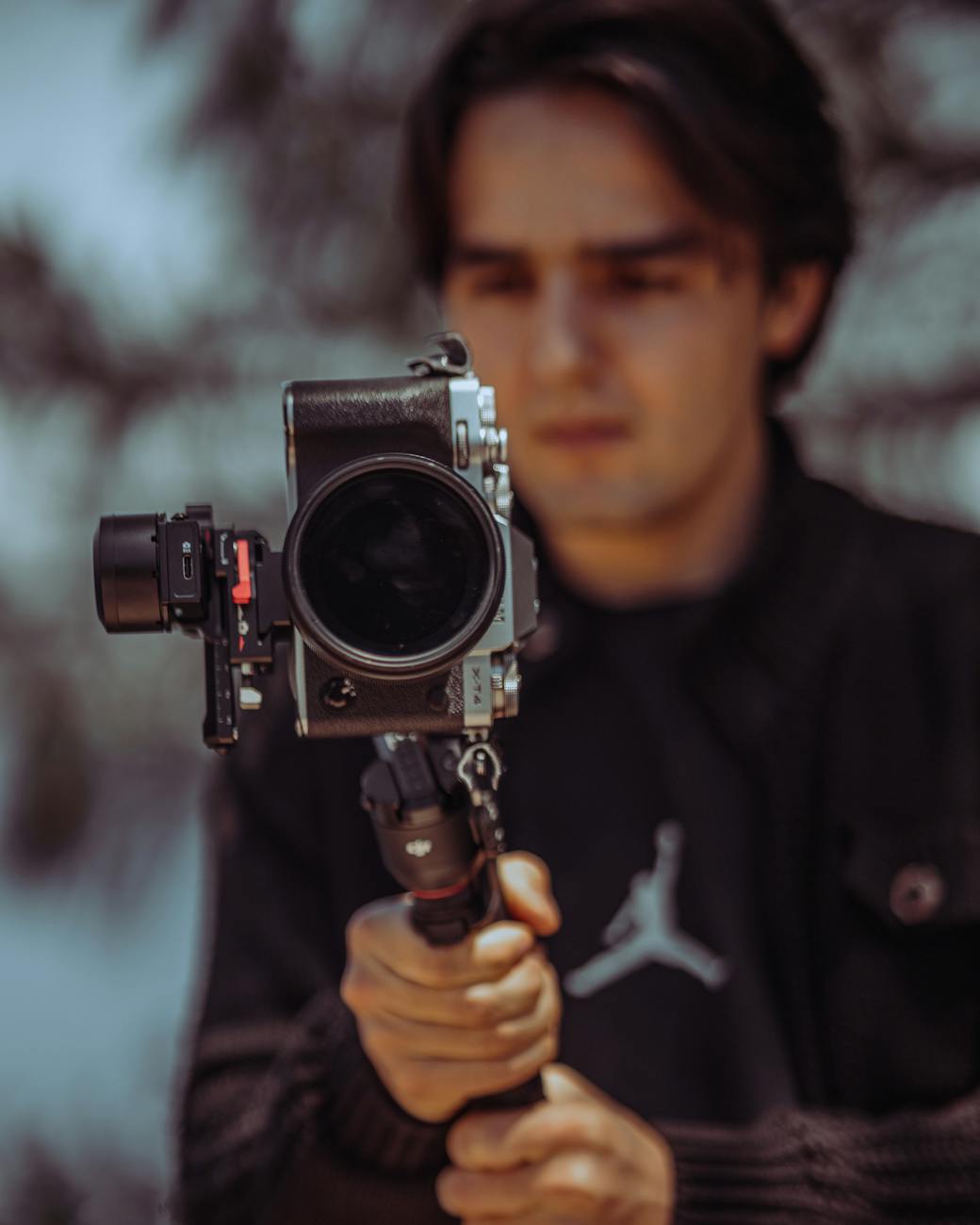
Practical Examples in 2025 Setups
There are many ways to integrate this lens into your toolkit today:
- Mounted on a Fujifilm APS-C body for wildlife—the crop factor stretches compression and reach.
- On a Blackmagic Pocket 4K, where the lens’s slight softness enhances the cinematic film look.
- On 35mm color negative film, producing dreamy portraiture that oozes vintage character.
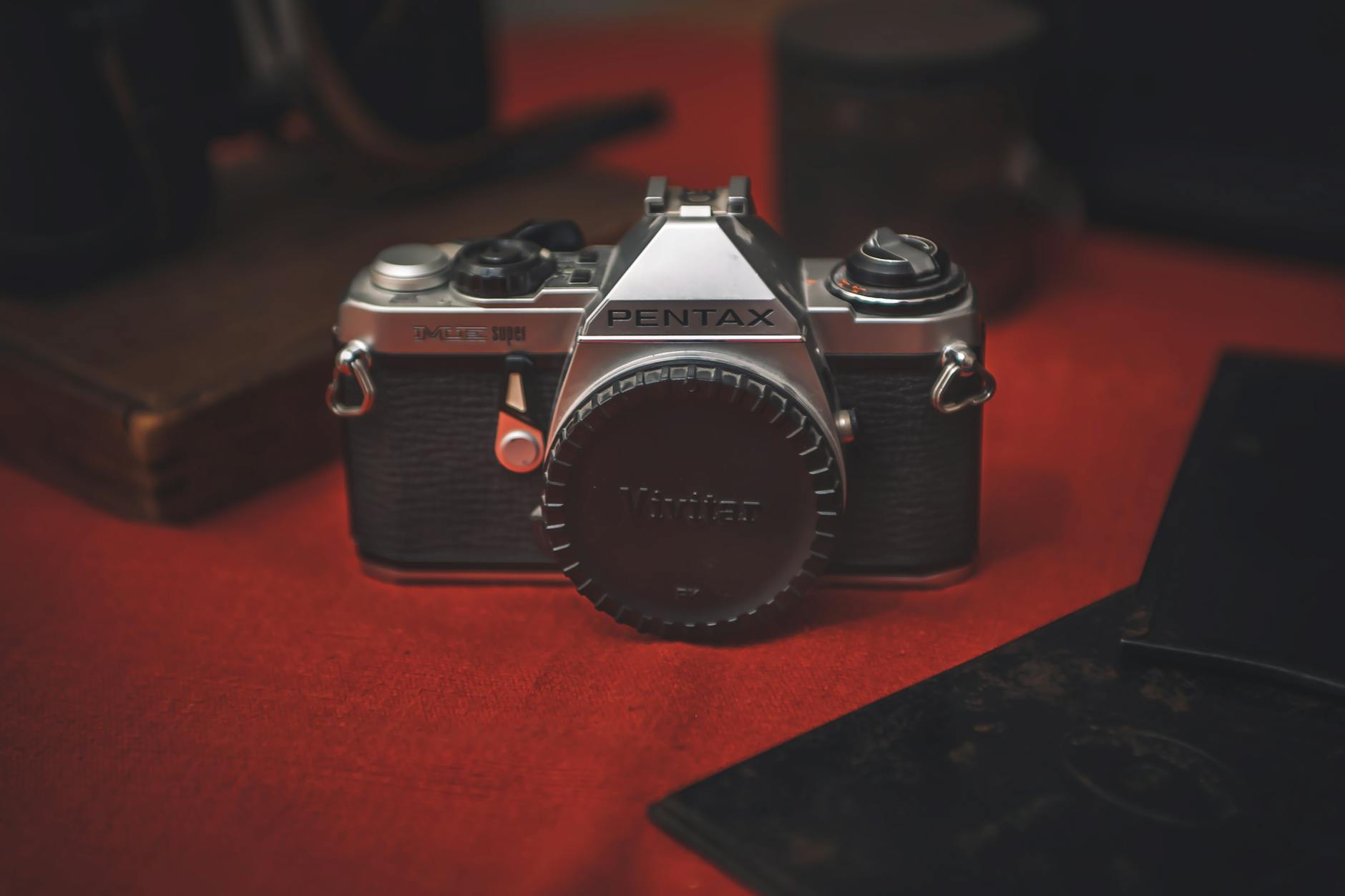
Second-Hand Buying Guide
Fortunately, the Vivitar 75-205mm PK mount lens remains inexpensive on the second-hand market, typically landing in an accessible range. Buying second-hand requires careful inspection, as dealer and auction site descriptions can vary greatly.
What to check
- Check for zoom creep in the push-pull mechanism.
- Ensure aperture blades are clean and snappy.
- Inspect for haze or fungus internally.
- Test the focus ring for stiffness or dried grease.
- Confirm mount integrity and filter threads.
If you can, aim for examples that still include the front cap, rear cap, and original lens hood. This not only helps performance with flare but can also indicate careful ownership over the years.

Conclusion
The Vivitar 75-205 f3.8 lens is not perfect, nor should you expect it to measure up to modern autofocus optics. But that’s precisely the point—it has personality, a slower shooting rhythm, and a nostalgic rendering that makes it rewarding. Whether you are diving into film photography gear or experimenting with lens adapters for mirrorless cameras, this vintage zoom makes a compelling case in 2025.
Second-hand camera lenses like this Vivitar offer a unique balance of affordability and creative charm. If you’re ready to explore, this might be the perfect starting point.
Bring cinematic character to your shots — shop vintage lenses now.
FAQs
Is the Vivitar 75-205mm f/3.8 compatible with digital cameras? Yes — with a PK to mirrorless adapter it works on Sony E, Fuji X, Canon RF, Nikon Z, and MFT systems.
What kind of photography is this lens best suited for? Portraits, nature, compressed landscapes, and experimental or vintage-style filmmaking.
How much should I expect to pay for a second-hand copy? Typically between €30–€80 depending on cosmetic and optical condition.
What are common issues to look out for? Zoom creep, stiff or loose focusing, oil on aperture blades, fungus or haze, and dented filter threads.




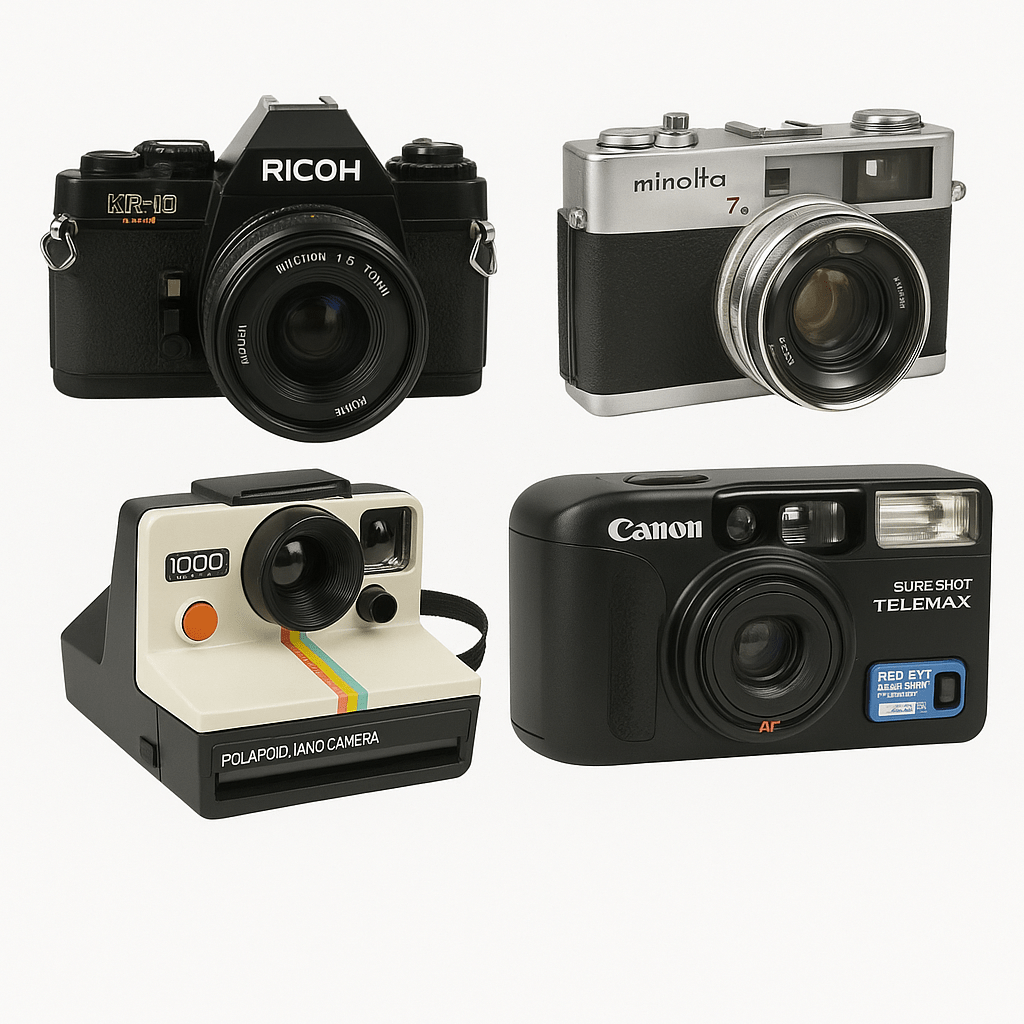
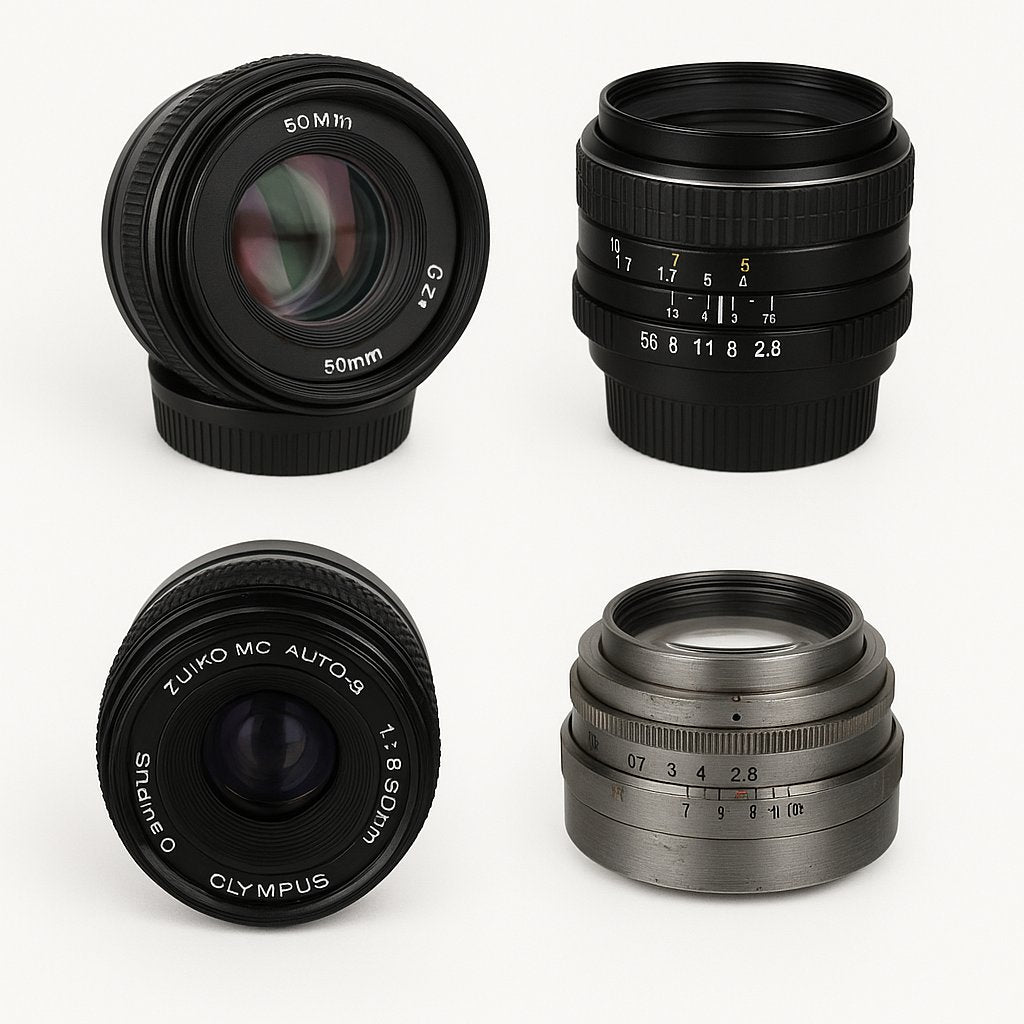
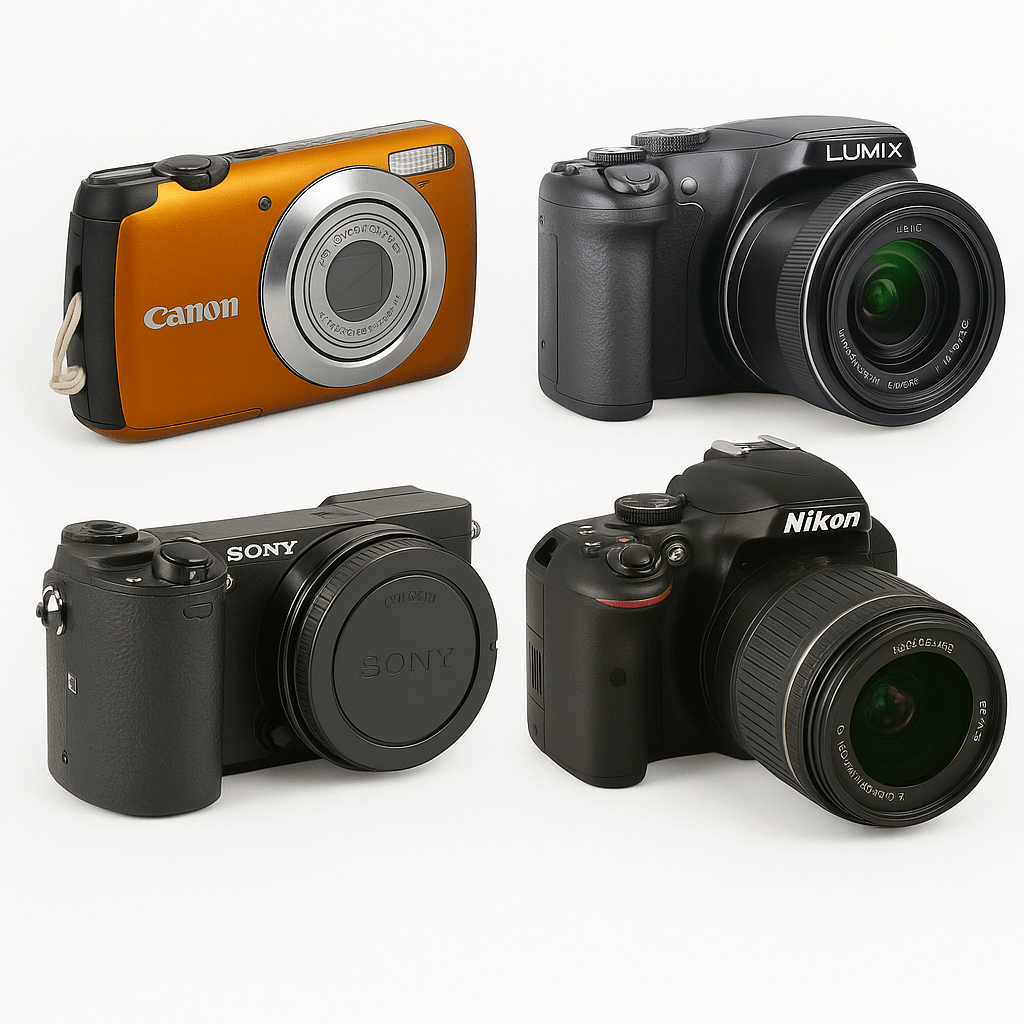
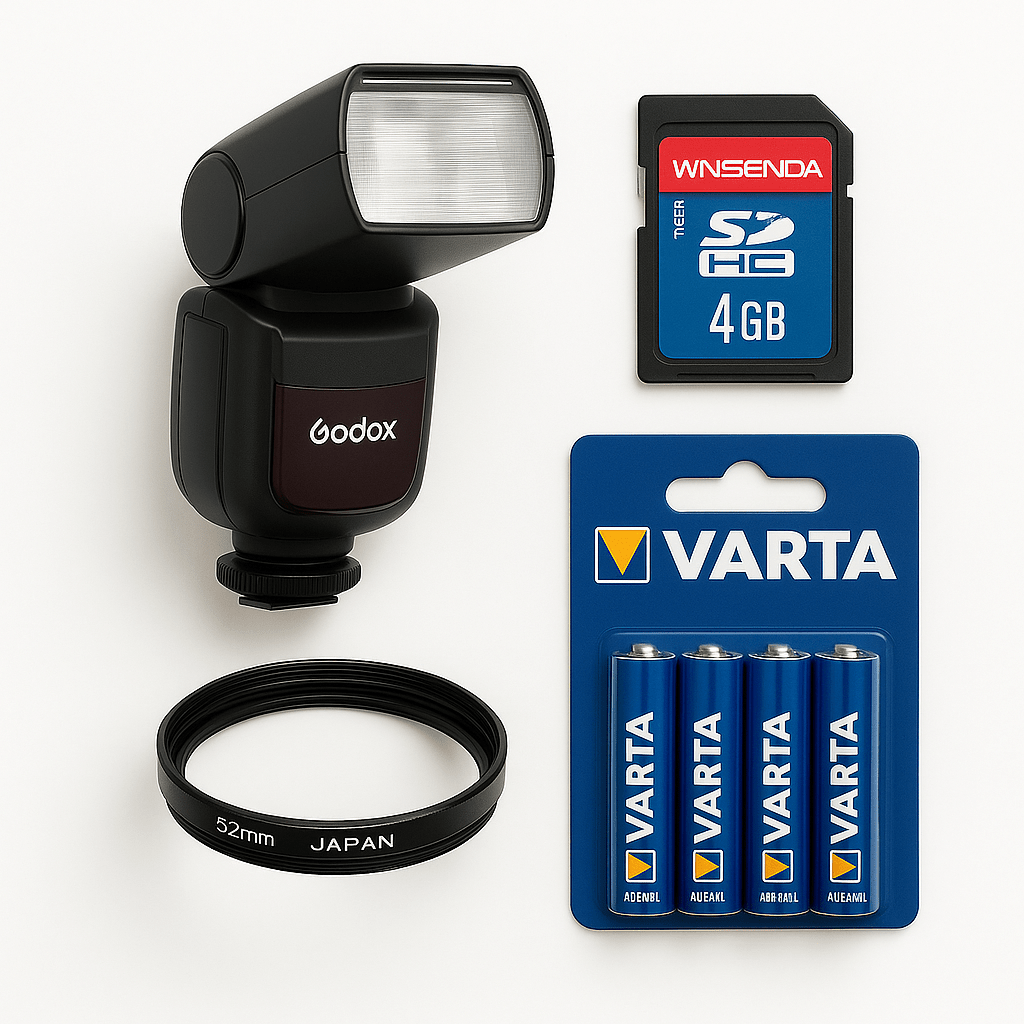
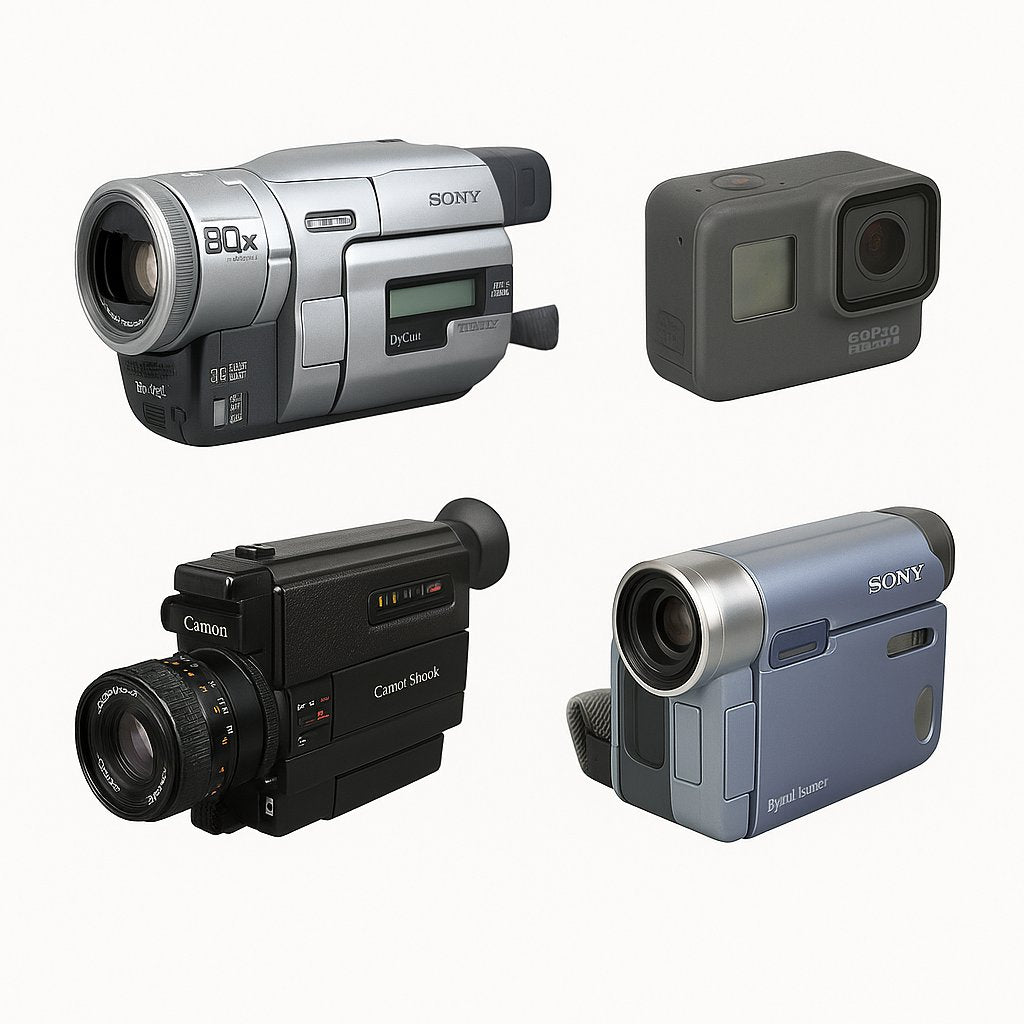
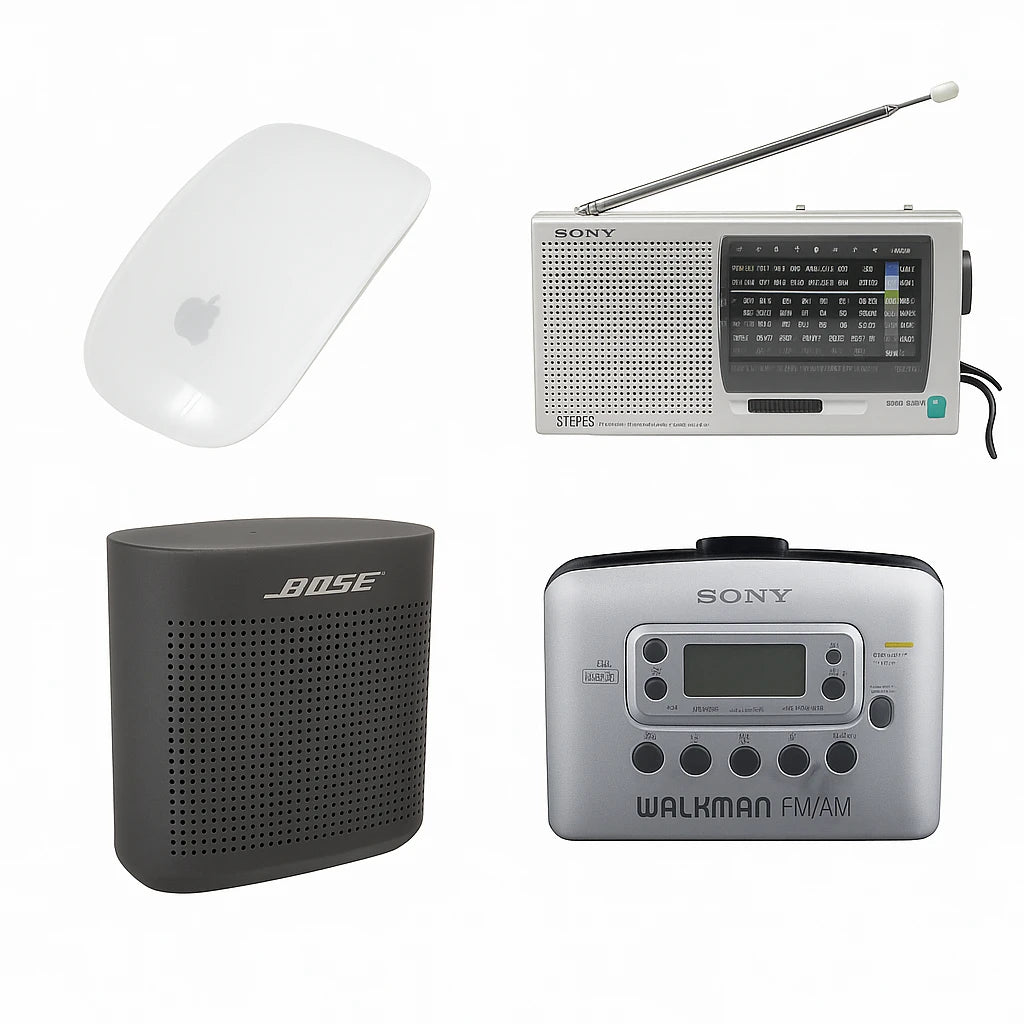
0 comments